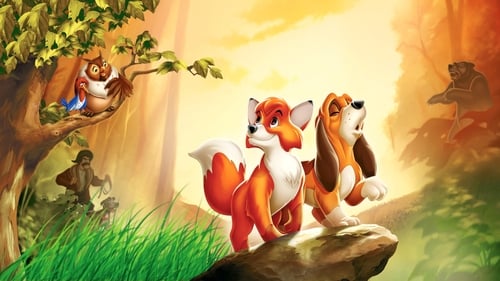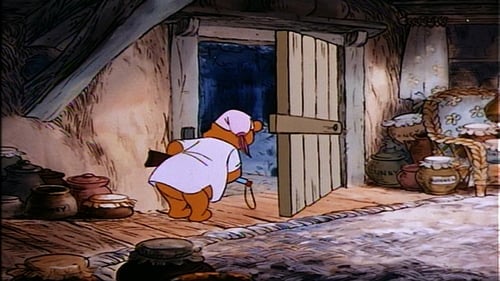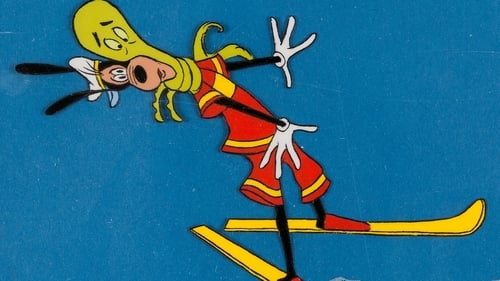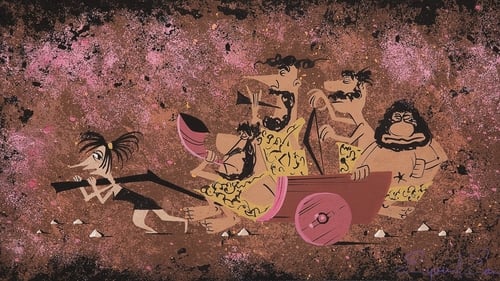Art Stevens
出生 : 1915-05-01, Roy, Montana, USA
死亡 : 2007-05-22
略歴
Art Stevens was an animator at Walt Disney Productions during the Golden Age of American Animation. Stevens began as an In-Betweener on the 1940 film Fantasia. After doing in-between work on several films, he received his first screen credit as a character animator was on Peter Pan in 1953. During his career, Stevens contributed to the storyboards and animation in many Disney cartoon shorts and feature films including Ward Kimball's critically acclaimed 1950s television documentaries Man in Space, Man and the Moon and Mars and Beyond. Stevens was also an animator on the Oscar-winning shorts Toot, Whistle, Plunk and Boom (1953) and It's Tough to Be a Bird (1969).
In 1977, Stevens co-directed The Rescuers. He then co-produced and co-directed The Fox and the Hound (1981) and contributed story work during early production of The Black Cauldron (1985).
Stevens retired in 1983 after forty-three years at the Disney animation studio. -Wikipedia









